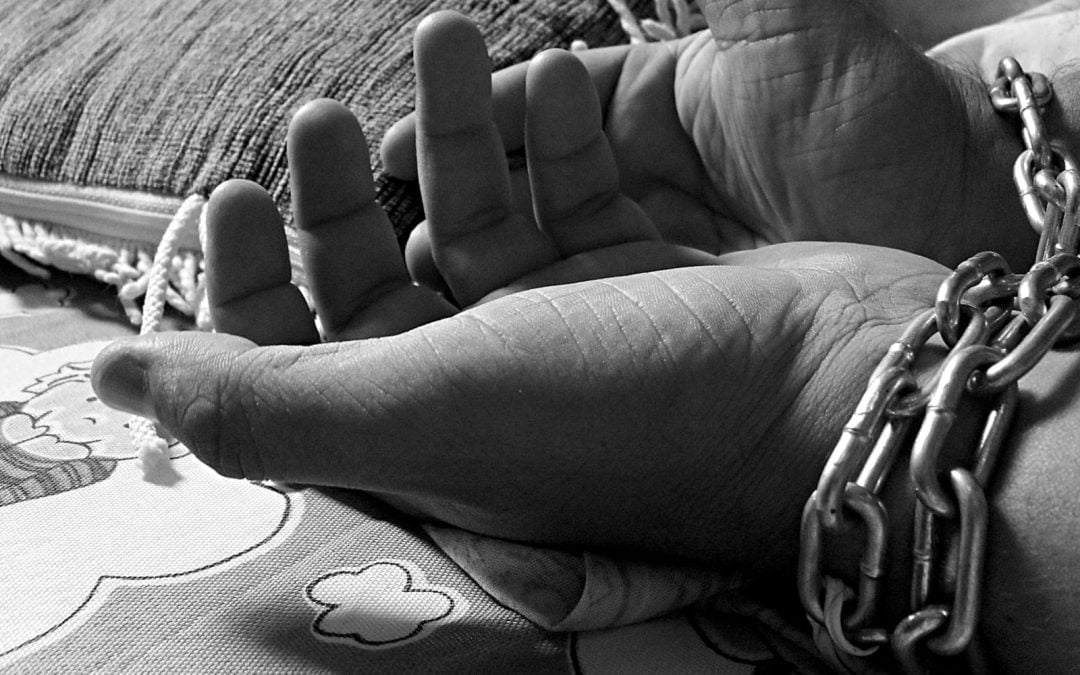Human trafficking has reached “horrific dimensions” in areas of conflict, according to a United Nations Office on Drugs and Crime (UNODC) report published Jan. 7.
The average number of trafficking victims per country has increased significantly in recent years, rising to 25,400 in 2016 from 15,000 in 2010 – a 69.3 percent increase.
This could be the result of improved trafficking detection and reporting or an increase in the number of victims or a combination.
A key driver of trafficking increases has been conflict, with victims exploited both in areas of conflict and in locations where displaced persons seek safety and refuge.
“Trafficking in armed conflict has taken on horrific dimensions – child soldiers, forced labor, sexual slavery,” said Yury Fedotov, UNODC executive director, in a preface to the report. “Conflict further exacerbates vulnerabilities, with armed groups exploiting civilians and traffickers targeting forcibly displaced peoples.”
Females are the most frequently targeted, with 72 percent of all trafficking victims being women – 49 percent adults and 23 percent minors. Males account for 28 percent of all trafficking victims – 21 percent adults and 7 percent minors.
Females are trafficked most often for sexual exploitation (83 percent of all trafficked adults; 72 percent of all trafficked minors), while males are trafficked most commonly for forced labor (82 percent of all trafficked men; 50 percent of all trafficked minors).
In most regions of the world, a majority of victims are trafficked for sexual exploitation, save for in the Gulf Cooperation Council (Bahrain, Kuwait, Oman, Qatar, Saudi Arabia and the United Arab Emirates), the Middle East and Sub-Saharan Africa where forced laborers make up the highest percentage of trafficking victims.
While identification of trafficking victims has improved and the conviction of traffickers has increased, there is still a significant gap between the number of victims and of convictions.
“Looking at the rates of detected victims and convicted offenders per 100,000 people, countries in Eastern Europe, Central Asia and Western and Southern Europe convict more traffickers and detect more victims,” UNODC said. “Countries in North America, Central America and the Caribbean, and Central and South-Eastern Europe detect more victims but do not convict as many traffickers.”
The full report is available here.


